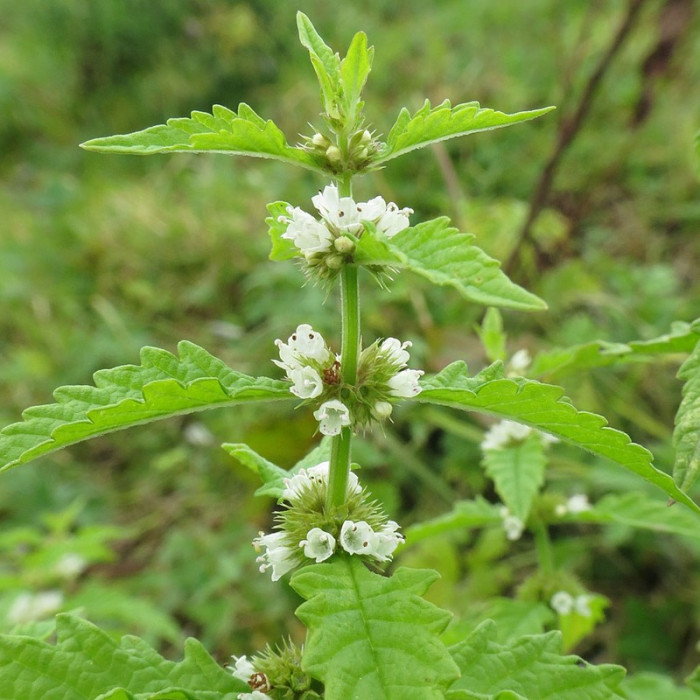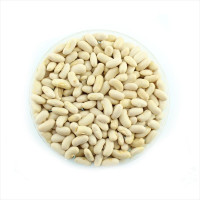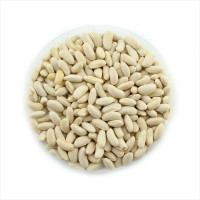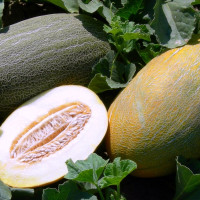Gipsywort thrush / Lycopus europaeus
A perennial herbaceous plant 20-120 cm high, forming underground shoots up to 20 cm long. Zyuznik is a good honey plant, attracting a significant number of insects (bees, bumblebees, butterflies) in summer. Gives a lot of light nectar and pollen.
Blooms in May - August. The nectar productivity is equal to the swamp chiste and is approximately 60-120 kg per hectare.
It grows on moist, even waterlogged, humus-rich alluvial soils. Common reed grass is often found in mixed floodplain forests, along the banks of rivers and lakes, primarily where layers of organic residues settle after the water has drained.
It tolerates both a long absence of moisture and its excess.
Sow zyuznik in spring or late autumn with vegetable or grain seeders in a wide-row way with a row spacing of 60-70 cm and a seeding rate of 1.5-2 kg/ha. Since the seeds of zyuznik are very small (weight of 1000 pieces is 0.5 g), they must be sown with ballast and with "lighthouse culture". It is never sown in its pure form, but mixed with other materials - for example, granular superphosphate. The depth of sowing seeds is 1-1.5 cm. Seedlings appear in 12-15 days.
Since in the first 30-40 days after germination the plants are very small and hard to see, this makes inter-row cultivation of crops difficult. To solve this problem, a "beacon" culture is used: before sowing, a small amount (0.5-0.6 kg / ha) of seeds of fast-growing plants (rapeseed) is added to the seeds, the seedlings of which indicate rows, which allows for inter-row treatment at early stages of development main culture.
In addition, zyuznik can be propagated by vegetative and seedling methods.
Starting from the second year, the plants grow rapidly, quickly close the aisles, suppress weeds, so crops are always clean and provide high yields.
Seeds should be collected only from the first cut, as subsequent cuts provide lower yields, and the seeds often do not have time to ripen.
The plant has many healing properties and is used in folk medicine as a very good sedative, it is recommended to be taken for heart problems, severe pain in the stomach, and thyroid diseases.
Сommon names gypsywort, gipsywort, bugleweed, European bugleweed and water horehound.

No questions about this product, be the first and ask your question.


















